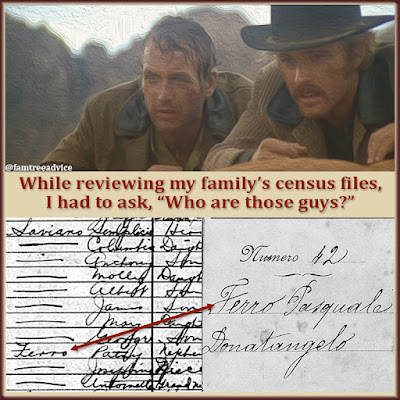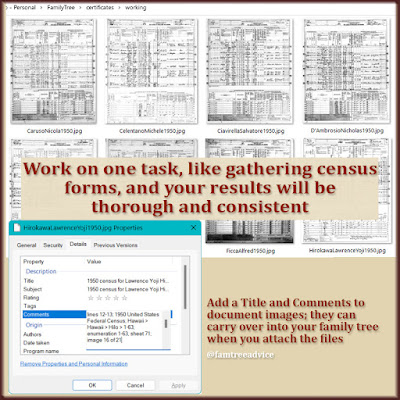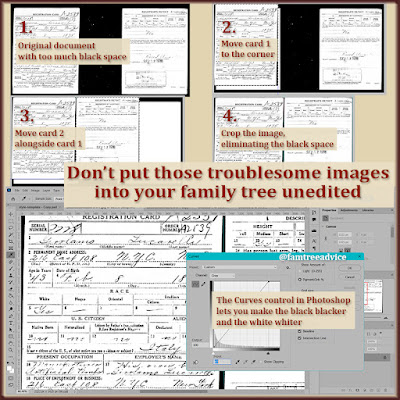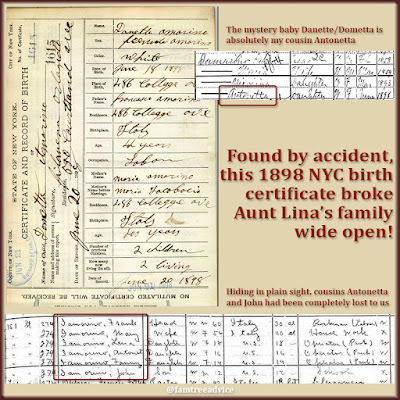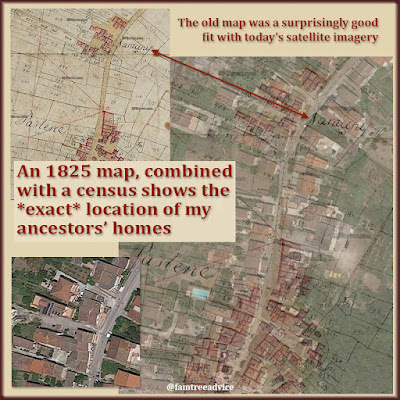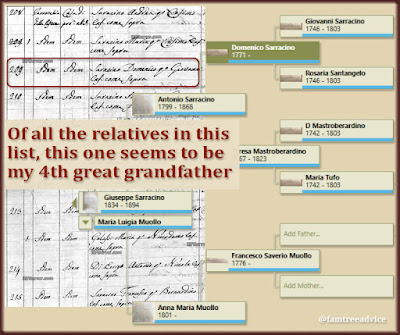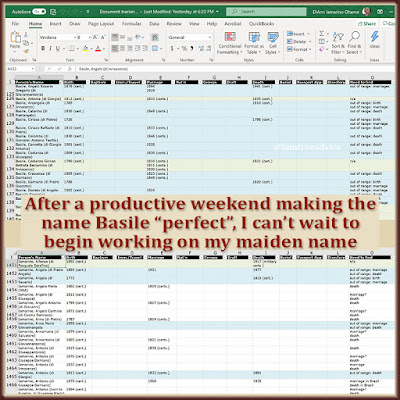My parents were born during America's Great Depression. When I was a kid, they often told me I had to "clean my plate"—eat every last bit of food—and waste nothing. My dad would say, "Take all you want, but eat all you take." I'm sure this is why I hate to waste anything to this day.
 |
| Your ancestors lived through bad economic times. See how they pulled through with this genealogy resource. |
If you look into the causes of the Great Depression, here's what you'll find:
- Black Tuesday. The stock market crash of 1929 erased billions of dollars in wealth.
- Bank Rush. In a panic, people rushed to withdraw their savings, causing many banks to collapse. Think of the scene from "It's a Wonderful Life."
- Reduced Spending. Other than escaping to the movie theater, people stopped all discretionary spending. Consumer confidence faded and commercial revenue dried up.
- Tariffs. The ill-fated Smoot-Hawley Tariff Act imposed tariffs on imports. This raised prices across the board. Trading partners retaliated with their own tariffs. They cut their imports from the U.S. Nobody wins.
My parents didn't suffer too much during the Great Depression. They were lucky—their fathers had jobs. Take another look at the 1930 census to see how your ancestors were doing.
- My maternal grandfather Adamo has his own shoe repair shop, a wife and two young children. He rents his apartment from his father-in-law, so he doesn't have to fear losing his home.
- My great grandfather Giovanni (Adamo's father-in-law) is not working. But he owns his building. It has 4 apartments on the second floor and stores on the first floor. He and my great grandmother are fine.
- My paternal grandfather Pietro is working in a steel mill. He has a wife and daughter and rents his home. He hates the work, but at least he has a job.
- My great grandfather Pasquale (Pietro's father-in-law) is a railroad worker. He owns his home. One of his teenage sons works in the steel industry. They're reasonably secure.
How did some of my other relatives fare during the Great Depression?
- Great uncle Giuseppe has a job with the War Department. He rents his apartment and has three boarders.
- Cousin Pasquale works as a tile setter and rents his apartment. With a wife and six children who are too young to work, life has to be difficult.
- Cousin Giuseppe works for the railroad and rents his apartment. He has a wife and five young children to support.
- Cousin Celia is a widow raising eight young children in her rented apartment. She owns a candy store, but you can't imagine revenue is great at the time.
- My uncle's father works for the railroad while my 18-year-old uncle works as a plumber. His family of seven rents their apartment on these two paychecks.
 |
| Look at 2 key spots on the 1930 and 1940 census to see how people in your family tree made it through the worst economic times. |
On the whole, my extended family soldiered through the Great Depression. They relied on the steel industry and railroads to put food on the table. The frugal habits my parents passed down to me are a clear sign of the austerity they knew as children.
How were your ancestors doing at the end of the depression in the 1940 census?
- My maternal grandfather Adamo still has his own shoe repair shop. He still rents his apartment from his father-in-law.
- My great grandfather Giovanni, ever the businessman, is working again. He's the proprietor of a beer garden.
- My paternal grandfather Pietro switched from the steel mills to a much cleaner job. He is a stone setter for a costume jewelry company.
- My great grandfather Pasquale developed black lung disease from his railroad job. He's retired and living on a pension with my great grandmother.
The censuses can give us a little glimpse of our ancestors' lives during the Great Depression. But it's the spending habits they passed down that give us the real insight.
I used to think it was funny that my Grandpa Pietro never threw anything away. He'd repair it, even if it looked ridiculous. A shovel with its spade nailed onto the wooden handle. A lawn chair with more duct tape than metal. I inherited a lot of my ancestors' frugal habits.
It makes me wonder what lessons today's generation will pass down to their children. "Don't subscribe to every streaming service." "If your phone still works, you don't need a new one." "Don't eat so much take-out."
What picture do your ancestors' 1930 and 1940 censuses paint? What lessons did they pass down to you? What lessons can you learn from them to use today?
